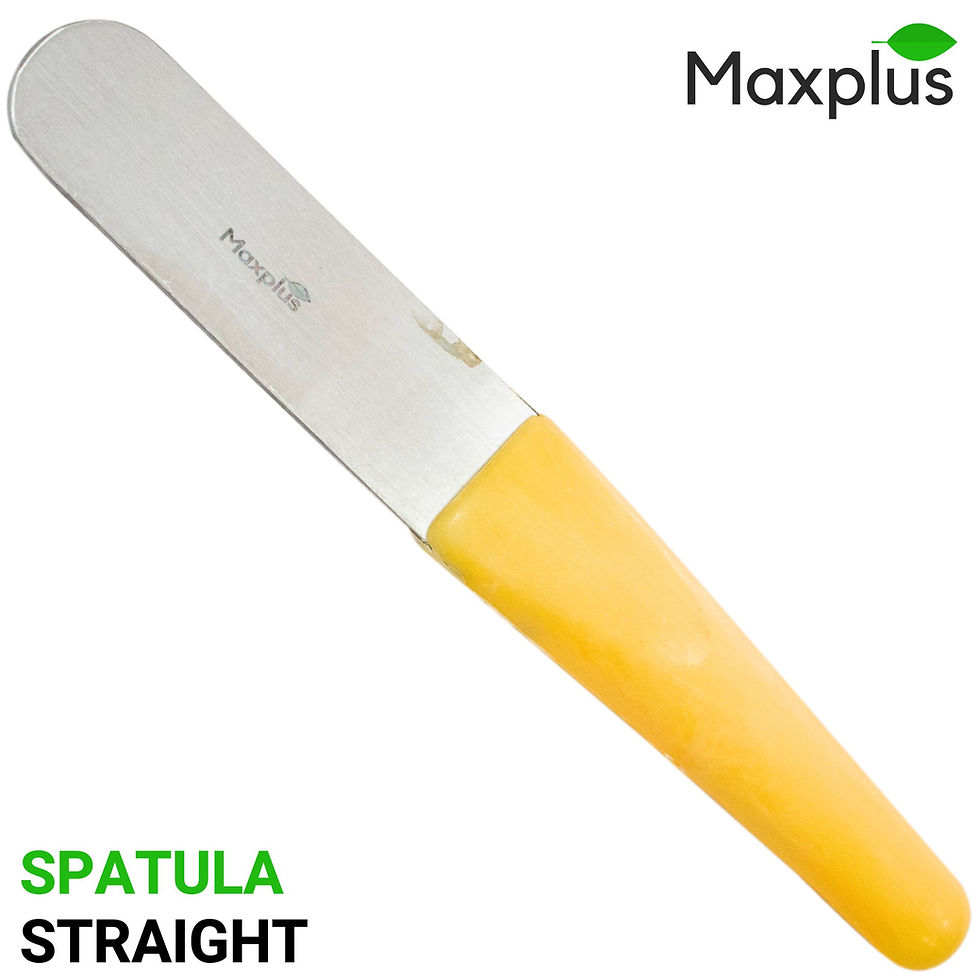The Kidney Tray, also widely known as an Emesis Basin or Kidney Dish, is an indispensable piece of medical holloware in every healthcare setting. Its distinctive shallow, bean-like shape is a purpose-driven ergonomic design, crafted to fit comfortably against a patient’s body—be it under the chin, against a wound, or along the torso.
Product Categories:
General Surgery & Operating Theatres (OT): Used for instrument setup, passing sharps, and collecting surgical drainage.
Wound Care & Dressing Clinics: Essential for wound irrigation, holding supplies, and collecting soiled dressings.
Dental and Oral Surgery: Used to collect saliva, rinse water, and small debris during dental procedures.
Emergency & Clinical Wards (ICUs, OPDs): Primarily used for patient care, bedside hygiene, and containing biohazardous waste.
Laboratory & Diagnostic: Used for temporary containment of specimens, samples, and diagnostic materials.
Max Plus | KIDNEY TRAY | Set Of 4 | Stainless Steel
Buy 20 get 10% off
Uses
-
Holding Sterile Instruments
-
Collection of Bodily Fluids and Waste
-
Soiled Material Disposal
-
Wound Care and Dressing Changes
-
Patient Hygiene and Bedside Care
-
Key Features
-
Ergonomic Kidney Shape: Specifically designed for patient comfort and reduced spillage by fitting snugly against the contours of the human body.
-
High-Quality Material: Available in surgical-grade Stainless Steel (durable, rust-proof, corrosion-resistant) and high-density, disposable or reusable medical-grade plastic.
-
Autoclavable: Our stainless steel variants are designed to withstand repeated high-temperature sterilization cycles, ensuring maximum infection control and longevity.
-
Seamless Construction: The metal trays are crafted without seams to prevent bacterial growth and ensure ease of thorough cleaning and sanitation.
-
Raised Edges (Lip): Features a moderate edge height to securely contain instruments, fluids, and waste, guarding against spills and contamination.
-
Multiple Sizes: Manufactured in various dimensions (e.g., 6-inch, 8-inch, 10-inch, 12-inch) to accommodate different procedural needs and fluid volumes.
-

































